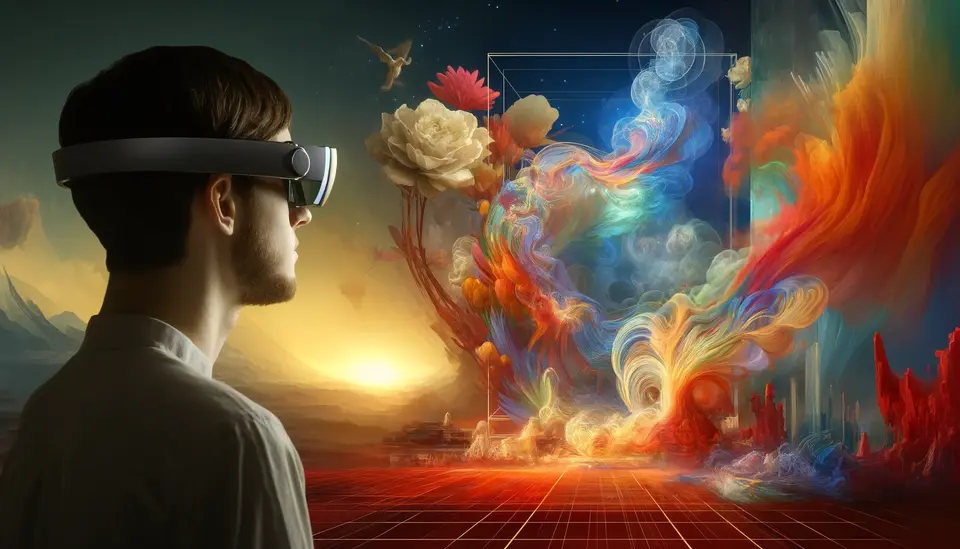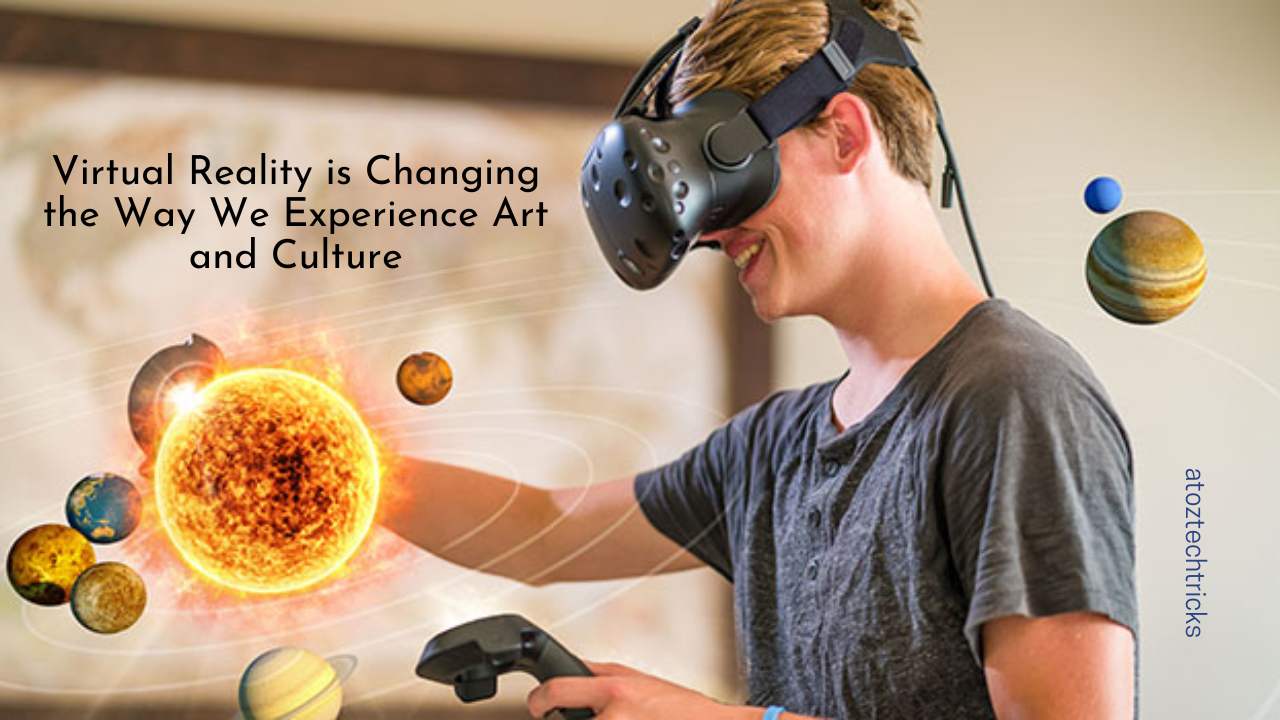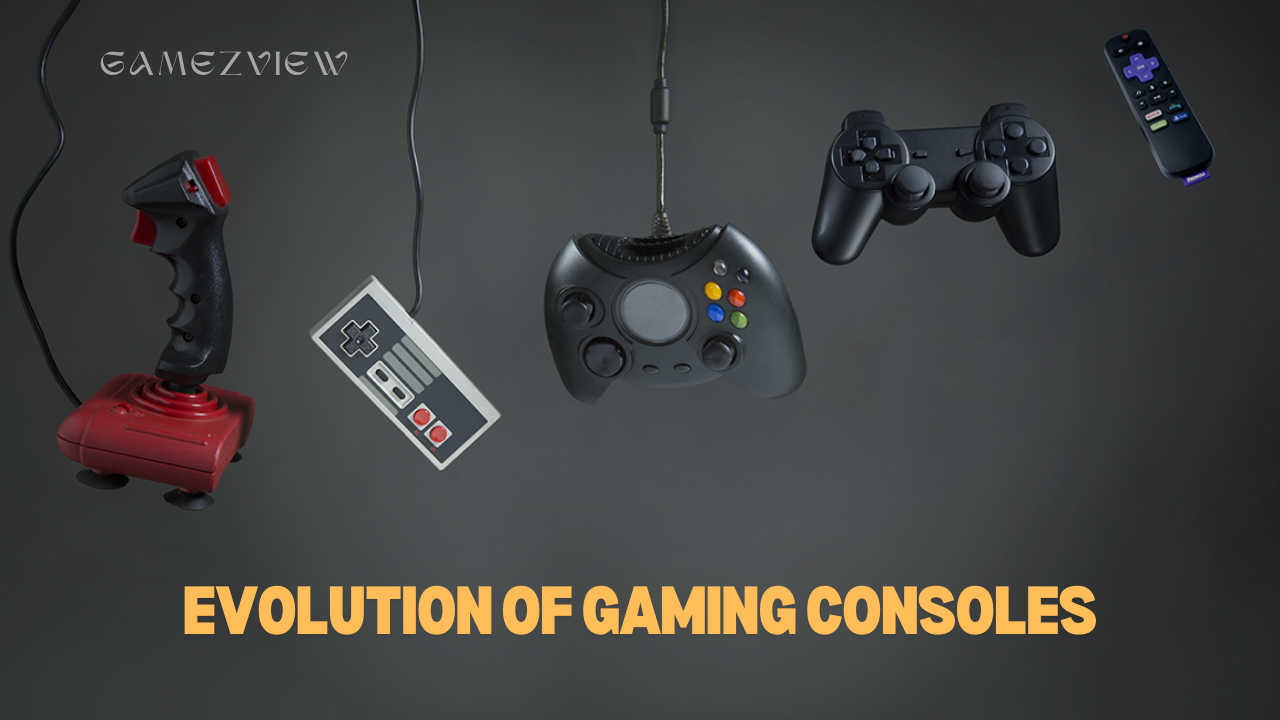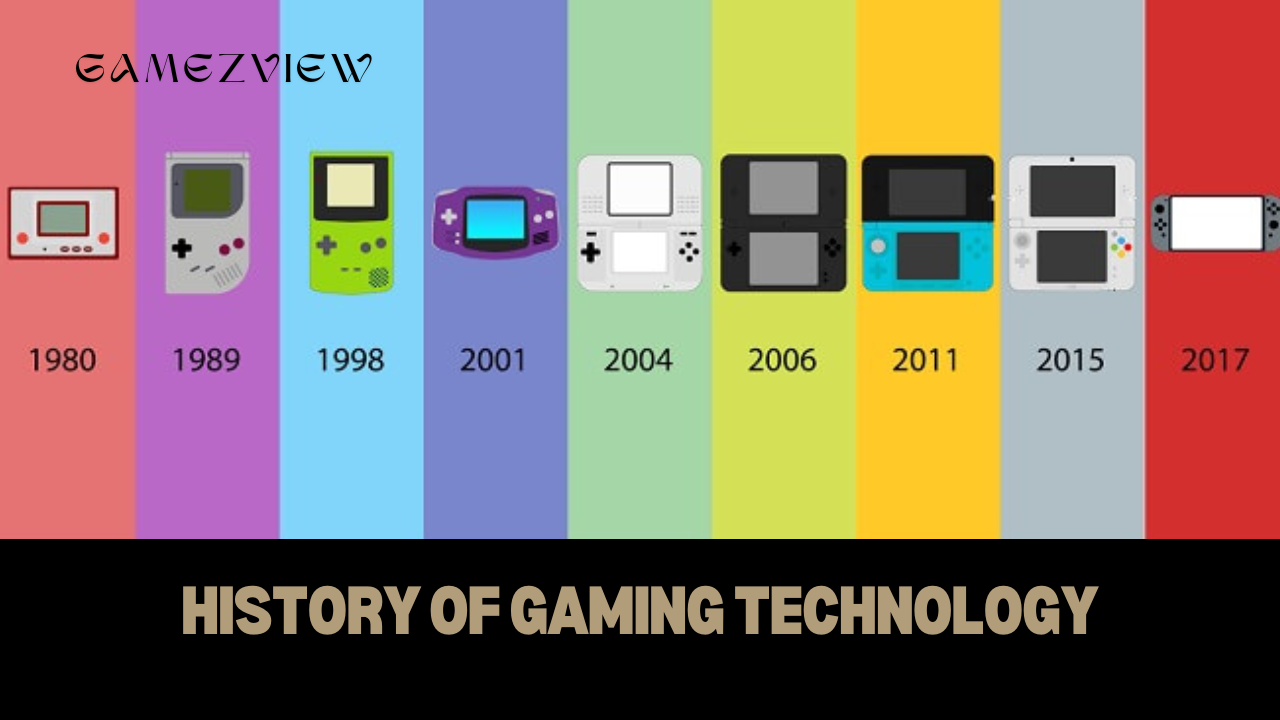The advent of Virtual Reality (VR) has not only transformed the gaming and entertainment industries but is also revolutionizing how we experience art and culture. From immersive museum tours to interactive art installations, VR technology is offering new ways to engage with artistic and cultural content. This article explores the profound impact of VR on art and culture, examining its potential to democratize access, preserve heritage, and foster new forms of creative expression.
The Evolution of Virtual Reality in Art and Culture
Virtual Reality has evolved rapidly since its early conceptual stages in the mid-20th century. Initially limited to experimental installations and rudimentary simulations, VR has now become a sophisticated medium capable of creating lifelike environments and interactive experiences. The technological advancements in VR hardware and software have made it more accessible and appealing to a broader audience, opening new possibilities for its application in the arts and cultural sectors.

Early Experimentation with VR in Art
The relationship between VR and art began with early experiments in the 1980s and 1990s when artists and technologists started exploring the potential of virtual environments as a new canvas. These early projects were often abstract and conceptual, emphasizing the novelty of the medium rather than its practical applications. For example, artist Jeffrey Shaw’s “Legible City” (1989) allowed participants to navigate a virtual cityscape made of letters and words, blending literature with digital space. While these early efforts were groundbreaking, they were also limited by the technology of the time.
The Rise of VR in Mainstream Culture
In the past decade, VR has moved from niche artistic experiments to mainstream applications in culture. The release of consumer-grade VR headsets like the Oculus Rift and HTC Vive in the mid-2010s marked a turning point, enabling artists, museums, and cultural institutions to create immersive experiences that could reach a global audience. Today, VR is being used not only to present art in new ways but also to reinterpret and reimagine cultural heritage, making it more accessible to diverse audiences.
Exploring the Potential of Edge Computing in Modern Networks
Immersive Art Experiences in Virtual Reality
One of the most significant contributions of VR to the art world is its ability to create immersive experiences that transcend the limitations of physical space. Traditional art exhibitions are often constrained by the size and layout of the gallery, but VR allows artists and curators to design environments that defy these constraints, offering visitors a more engaging and interactive experience.
VR Art Installations: A New Dimension of Creativity
VR art installations are pushing the boundaries of creativity by offering entirely new forms of expression. Artists can create virtual environments that challenge the viewer’s perception of space, time, and reality. For instance, the VR installation “Tree” by New Reality Company allows participants to experience the life cycle of a rainforest tree from seed to full growth, culminating in a dramatic ending as the tree is cut down. This immersive experience is not just visual but also emotional, as it fosters a deep connection between the participant and the natural world.
Another example is “The Night Cafe” by digital artist Mac Cauley, which invites viewers to step inside Vincent van Gogh’s iconic painting of the same name. In this virtual environment, users can explore the scene in 3D, interacting with objects and experiencing the painting from new perspectives. This kind of VR art goes beyond mere representation; it offers an experiential journey that engages multiple senses and emotions.
Virtual Museums and Galleries: Expanding Access to Art
Virtual museums and galleries have emerged as a powerful tool for expanding access to art and culture. Traditional museums are often limited by geographical location, making it difficult for people in remote areas or with mobility issues to visit. VR technology overcomes these barriers by bringing the museum experience directly to the user’s home.
The Louvre, one of the world’s most famous museums, has embraced VR with its “Mona Lisa: Beyond the Glass” experience. This VR exhibit allows users to get up close and personal with Leonardo da Vinci’s masterpiece, exploring it in ways that would be impossible in the physical world. Users can examine the painting’s details, learn about its history, and even see it in 3D, all from the comfort of their own homes.
Similarly, Google’s Arts & Culture platform offers virtual tours of museums and galleries from around the world. Users can explore the collections of institutions like the British Museum, the Van Gogh Museum, and the Smithsonian, all in a fully immersive VR environment. This democratization of access to art is one of the most significant contributions of VR, making world-class art available to anyone with a VR headset.
Interactive Storytelling and Cultural Narratives
VR is also transforming the way we tell stories and engage with cultural narratives. Traditional storytelling methods are often linear and passive, but VR allows for interactive and non-linear narratives that put the user at the centre of the experience. This is particularly powerful in the context of cultural heritage, where VR can bring historical events and cultural practices to life in a way that is both educational and engaging.
One notable example is the VR experience “The Enemy” by photojournalist Karim Ben Khelifa. This project allows users to step into a virtual war zone and engage in conversations with combatants from opposing sides. The goal is to humanize the enemy and foster empathy by allowing users to hear the personal stories of those involved in the conflict. This type of interactive storytelling has the potential to change how we understand and relate to complex cultural and political issues.
VR in Performing Arts: A New Stage for Creativity
The performing arts, including theatre, dance, and music, are also being reimagined through VR. Traditional performances are limited by physical space and audience size, but VR offers the possibility of unlimited virtual stages and global audiences. This has led to the emergence of VR performances that challenge conventional notions of space and audience interaction.
One groundbreaking project is “The Under Presents,” a VR experience that blends live theatre with virtual reality. In this experience, users are both participants and audience members, interacting with live actors and exploring a surreal virtual world. The boundaries between performer and audience are blurred, creating a unique and immersive experience that could only be achieved through VR.
Similarly, VR is being used to create virtual concert experiences that allow users to attend live performances from the comfort of their own homes. For example, the band Gorillaz has hosted virtual concerts that fans can attend using VR headsets. These concerts offer an immersive experience that goes beyond traditional live performances, with interactive elements and 360-degree visuals that make the user feel like they are truly part of the show.
Preserving Cultural Heritage Through Virtual Reality
In addition to creating new experiences, VR is playing a crucial role in preserving cultural heritage. Many cultural sites and artefacts are at risk due to factors like climate change, conflict, and urbanization. VR offers a way to digitally preserve these sites and make them accessible to future generations.
Virtual Reconstruction of Historical Sites
One of the most powerful applications of VR in cultural preservation is the virtual reconstruction of historical sites. Through detailed 3D modelling and immersive environments, VR can recreate sites that have been lost or damaged, allowing users to experience them as they once were.
A notable example is the virtual reconstruction of the ancient city of Palmyra in Syria, which was partially destroyed by ISIS in 2015. Using photographs, videos, and 3D scans, a team of archaeologists and digital artists created a VR experience that allows users to explore the city’s temples, tombs, and other structures as they appeared before the destruction. This virtual reconstruction serves as both a tool for education and a way to preserve the cultural memory of a site that is no longer physically intact.
Documenting Intangible Cultural Heritage
VR is not limited to preserving physical sites; it is also being used to document and preserve intangible cultural heritage, such as traditional dances, rituals, and oral histories. These cultural practices are often passed down through generations, but they can be vulnerable to loss as communities change and modernize.
Through VR, these practices can be recorded and experienced in a way that captures their full context, including the environment, gestures, and emotions of the participants. For example, the “VR Dance” project documents traditional dances from various cultures around the world, allowing users to experience these dances in a fully immersive environment. This not only preserves the dances but also offers a new way for people to engage with and appreciate cultural traditions.
Educational Applications of VR in Cultural Heritage
VR is also being used as an educational tool to teach people about cultural heritage. Virtual field trips to historical sites, interactive history lessons, and immersive language learning experiences are just a few examples of how VR is being integrated into education. These applications offer a more engaging and effective way to learn about culture and history, making it possible to experience these subjects in a way that is both immersive and interactive.

For instance, the “VR History” project offers virtual tours of ancient civilizations, allowing students to explore the pyramids of Egypt, the Roman Colosseum, and other historical sites in 3D. These experiences provide a deeper understanding of history and culture than traditional textbooks and lectures, as they allow students to explore and interact with the material in a more meaningful way.
The Future of VR in Art and Culture
As VR technology continues to evolve, its impact on art and culture will only grow. The possibilities for creating and experiencing art in virtual environments are virtually limitless, offering new opportunities for artists, curators, and audiences alike. At the same time, VR presents challenges and ethical considerations that must be addressed as the technology becomes more widespread.
The Ethical Considerations of VR in Art and Culture
While VR offers many benefits, it also raises ethical questions about representation, accessibility, and the potential for cultural appropriation. For example, when creating virtual reconstructions of cultural sites or practices, it is essential to ensure that these representations are accurate and respectful of the cultures they depict. Similarly, there is a risk that VR could become a tool for cultural exploitation if it is used to commodify cultural practices without the consent or involvement of the communities they belong to.
Another concern is accessibility. While VR has the potential to democratize access to art and culture, the technology itself is not yet accessible to everyone. High-quality VR experiences require expensive hardware and a stable internet connection, which can be a barrier for people in low-income or rural areas. As VR continues to develop, it will be important to address these issues to ensure that the technology is used in a way that is inclusive and equitable.
The Role of VR in Shaping Future Artistic Movements
VR has the potential to shape future artistic movements by offering new tools and mediums for creative expression. Just as photography and film revolutionized art in the 19th and 20th centuries, VR could lead to the emergence of new artistic styles and genres that are uniquely suited to virtual environments.
Artists are already experimenting with VR to create works that challenge traditional notions of space, time, and identity. As the technology becomes more advanced and accessible, we can expect to see even more innovative uses of VR in the arts. These new forms of art will not only change how we experience art but also how we think about it, as VR allows us to explore and question the very nature of reality.
The Potential of VR to Foster Global Cultural Exchange
Finally, VR has the potential to foster global cultural exchange by connecting people from different cultures in ways that were previously impossible. Through VR, users can experience the art, music, and traditions of other cultures in a fully immersive environment, fostering greater understanding and appreciation of cultural diversity.
For example, the VR experience “Traveling While Black” offers users a powerful and emotional journey through the history of African American travel in the United States, highlighting the challenges and triumphs of the Civil Rights Movement. By allowing users to experience these stories firsthand, VR can help break down cultural barriers and promote empathy and understanding between people from different backgrounds.
Virtual Reality is transforming the way we experience art and culture by offering new possibilities for creativity, access, and preservation. Through immersive art installations, virtual museums, interactive storytelling, and cultural preservation projects, VR is changing how we engage with artistic and cultural content. As the technology continues to evolve, its impact on art and culture will only grow, offering new opportunities for artists, curators, and audiences alike.
However, with these opportunities come challenges and ethical considerations that must be addressed to ensure that VR is used in a way that is inclusive, respectful, and equitable. By navigating these challenges and embracing the potential of VR, we can create a future where art and culture are more accessible, engaging, and meaningful than ever before.




